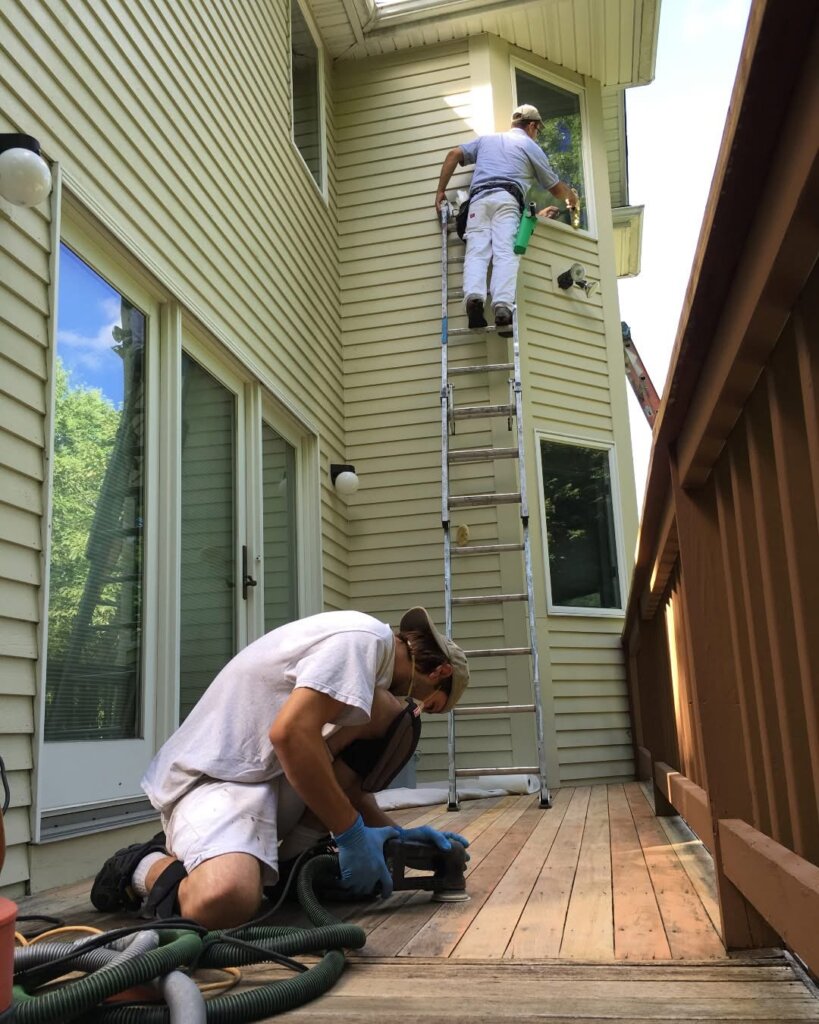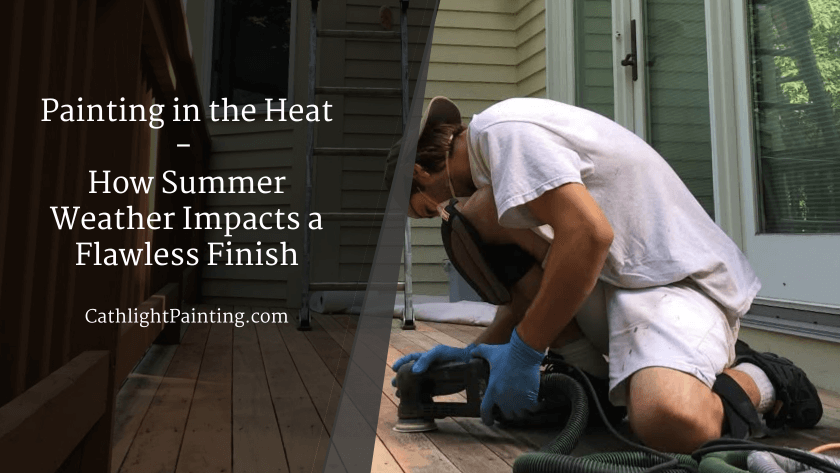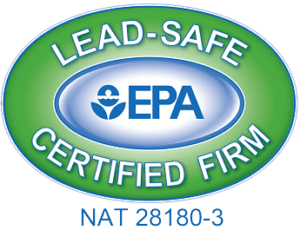“Only mad dogs and Englishmen go out in the mid-day sun…”
This witty line, popularized by Noel Coward and originally rooted in a Kipling poem, satirized the stoic absurdity of British colonial soldiers marching through India in full wool uniforms under a punishing sun. But lately, stepping outside in New England feels just as irrational – like everyone has been teleported to Florida by a Star Trek transporter.
Beyond the obvious discomfort summer brings to warm-blooded creatures, hot and humid weather creates real challenges for painters – and for the paint itself.

Painting in the Heat – The Science Behind the Surface
Paint is more than just color in a can – it is a carefully formulated blend of chemicals, pigments, and a carrier (typically water or oil). When applied under ideal conditions, the carrier evaporates at a controlled pace, allowing all components to coalesce into a strong, even film that offers durability, protection, and visual appeal.
However, introduce extreme heat into the mix, and the chemistry is thrown off balance.
Every can of paint includes a crucial directive: “Do not apply to a hot surface.” That’s because heat accelerates evaporation and disrupts the bonding process. In the worst-case scenario, paint can blister right off the surface. In the best-case scenario, it may fail to adhere properly, resulting in a finish that looks fine initially but lacks longevity.
This is why Catchlight Painting’s exterior crews are often seen following the shade as they work around a home. Staying out of direct sunlight not only keeps the painters cooler and more comfortable – it also allows the paint to cure properly and perform as intended.
Humidity: A Stickier Situation
Humidity brings its own set of challenges. High moisture content in the air slows drying time and interferes with proper coalescence. The result can be cosmetic issues such as blushing—a cloudy or milky appearance – or efflorescence, where salts and surfactants migrate to the surface, leaving behind a mottled or uneven finish.
In some cases, with adequate drying time, these issues can be resolved by rinsing. In other cases, a new topcoat may be required – a frustrating and avoidable outcome.
Thankfully, today’s paint manufacturers have responded to the demands of summertime painting with high-performance exterior formulas. Products like Sherwin-Williams’ Latitude and Benjamin Moore’s Element Guard are specifically engineered to withstand elevated humidity levels, support faster drying, and accommodate wider temperature ranges. These advancements give professionals like Catchlight Painting the flexibility to maintain a high standard of quality, even under challenging conditions.
Even with the right products and methods, nothing replaces good judgment. Catchlight Painting’s crews regularly delay a project by a day or two if conditions aren’t right. After all, every project comes with a three-year warranty – and the goal is to never need a return visit. While summer painting demands precision, timing, and the right materials, what matters most is doing the job right the first time.
As one of the best painting companies in Boston, we’d be delighted to discuss the details of your next project.



